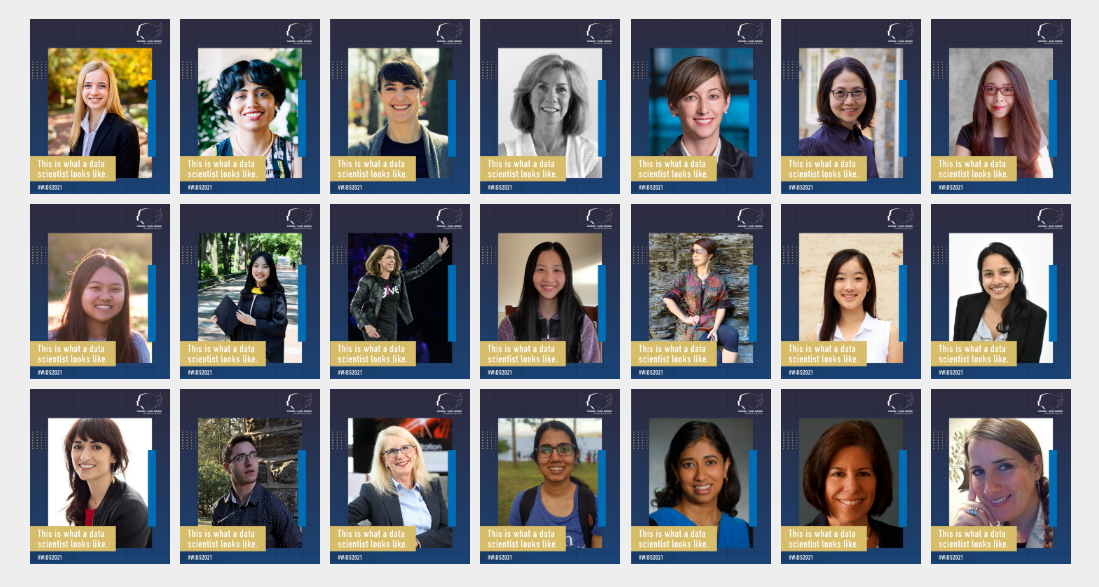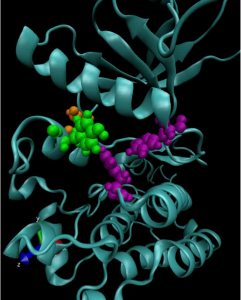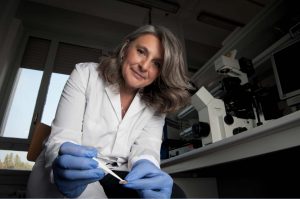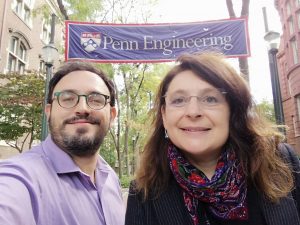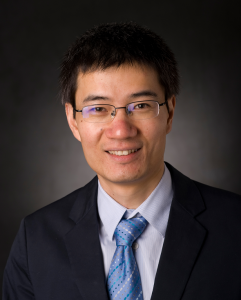
Speaker: Weihua Guan, Ph.D.
Assistant Professor
Department of Electrical Engineering & Department of Biomedical Engineering (courtesy)
Pennsylvania State University, University Park
Date: Thursday, April 8, 2021
Time: 3:00-4:00 PM EDT
Zoom – check email for link or contact ksas@seas.upenn.edu
Abstract:
Due to their conceptual simplicity, the nanopore sensors have attracted intense research interest in electronic single molecule detection. While considerable success has been achieved, the solid-state nanopores still face three significant challenges, including repeatable nanopore size control, introduction sensing specificity, and prolonged sensor response time at low concentrations. In this talk, I will discuss a calibration-free solid-state nanopore counting method and two representative applications in nucleic acid testing. One is an isothermal amplification-coupled nanopore counting for malaria analysis. The other is the CRISPR-cas12a-coupled nanopore counting for HIV analysis. Finally, I will also discuss how we can develop a fully integrated ‘sample-to-result’ nucleic acid testing device using the solid-state counting strategy. I believe the reaction-coupled solid-state nanopore digital counting could open a new avenue towards compact, robust, low-cost electronic nucleic acid testing at the point of care.
Weihua Guan Bio:
Weihua Guan received his Ph.D. degree in Electrical Engineering from Yale University in 2013 and did his postdoctoral training at Johns Hopkins University from 2013 to 2014. He joined the Department of Electrical Engineering at Pennsylvania State University in Jan 2015. He also held a courtesy appointment in the Department of Biomedical Engineering at Penn State. Dr. Guan’s research interests are in the multidisciplinary areas of micro- and nanotechnology, micro/nanofluidics, bioMEMS, lab-on-a-chip devices, and point-of-care devices. Dr. Guan’s research group at Penn State focuses on developing micro and nanoscale devices as well as novel sensing principles towards advanced medical diagnostics and testing. Dr. Guan is a member of IEEE, Engineering in Medicine and Biology Society, Biophysical Society, and American Physics Society. Among other honors, Dr. Guan is a recipient of the HHMI International Research Fellowship and NSF CAREER award.

